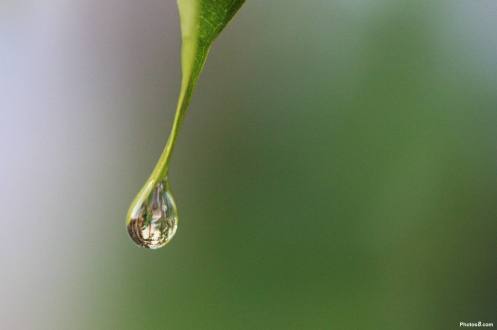Victoria’s bushfires exacerbate historic water lows.

Photo: Courtesy http://www.photos8.com/
Victoria’s nine dams are approaching 28.4% of capacity today leaving the state with 500 days capacity (barring rainfall).
Pete Ker in the Age today put it this way:
“MELBOURNE’S dwindling water storages are on the verge of a historic low, a quarter of a century after the Thomson Dam was promised to drought-proof the city.”
In fact, as outlined in my post of Feb 12, the bushfires that engulfed the water catchment areas including the Thomson Dam catchment could cut water yield in the already drought-ravaged state for the next half century.
While winter and spring rainfall would normally boost water supplies the fact remains that water runoff in the catchment areas will be diminished by the uptake of this water in the regrowth of bushfire damaged trees and scrub.
Indeed this was highlighted in a submission to the Victorian Bushfires Inquiry of 2003:
“Studies have shown that water uptake by Mountain Ash regrowth, following bushfire or logging, can reduce water yield in disturbed areas by up to 50% of pre-disturbance runoff, some 20-30 years after a bushfire. The impact on water yield is most pronounced in drought years when streamflow can be significantly compromised due to greater uptake of water by regrowth trees.”
It is salutory to return to another quote from my previous post on this issue:
‘The outstanding historical example is from the wildfire in the Melbourne water-supply catchments on “Black Friday” in 1939. In that fire, mature Mountain Ash (Eucalyptus regnans) forests were killed. Over the next 30 years, water yield from local areas of regrowth diminished by up to 600 mm/year, or 6 megalitres/hectare. On a catchment-wide basis, where regrowth occupied some 50% of the area, this represented a reduction in annual streamflow of about 24%. By age 75-100, it is expected that water yield will have recovered to the pre-fire condition.’ (eWater)
This therefore means that recent rainfall patterns will not provide the whole answer. Yes, the Thomson Dam may have been envisaged as “drought-proofing” the city, but the long term effects of a series of major bushfires may not have been part of the consideration.
The new “low water mark” and the governments efforts to save water may be a controversial, but it is indisputable that it has to do all it can to conserve and manage the remaining water supplies. The relationship between bushfire and water management in ash forests mean that this issue will a far more complicated one.
Moreover, the increasing destruction through bushfires of the catchment areas taking decades for water catchments to recover, will also mean that other solutions will need to be forthcoming both in new water creation and management projects as well as measures to limit further bushfire damage.
Pat O’Shaughnessy, one of the pioneers of the research on the mountain ash catchments, is quoted as saying that on average, the ash forests reach their maximum water yield after 120 years following a minimum of about 30 years (when the trees are soaking up a lot more water)
Therefore, this problem will be a longstanding one, foreseeably for 20-50 years irrespective of improved rainfall and in spite of climate change.
There are no easy answers to Victoria’s water problems and water saving by all Victorians will have to be ongoing.
Please save every precious drop of water that you can!

Photo: Courtesy http://www.photos8.com/



thank you, great article, and veyr nice pictures.